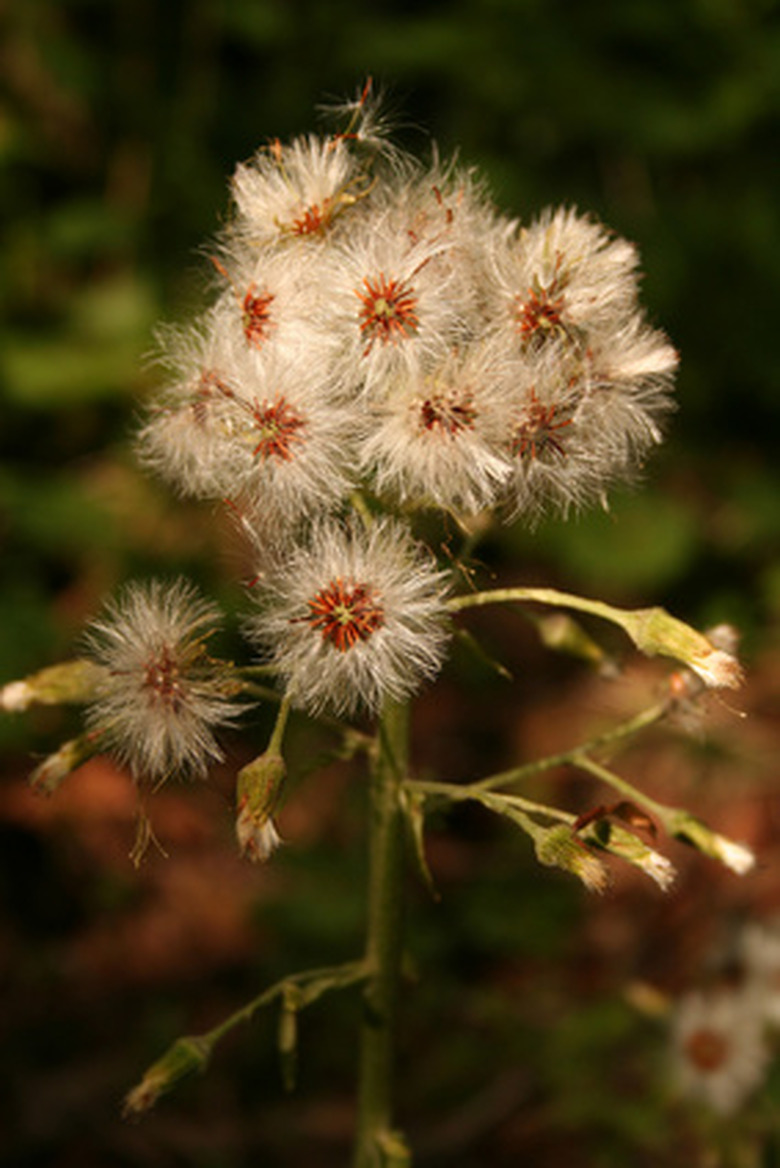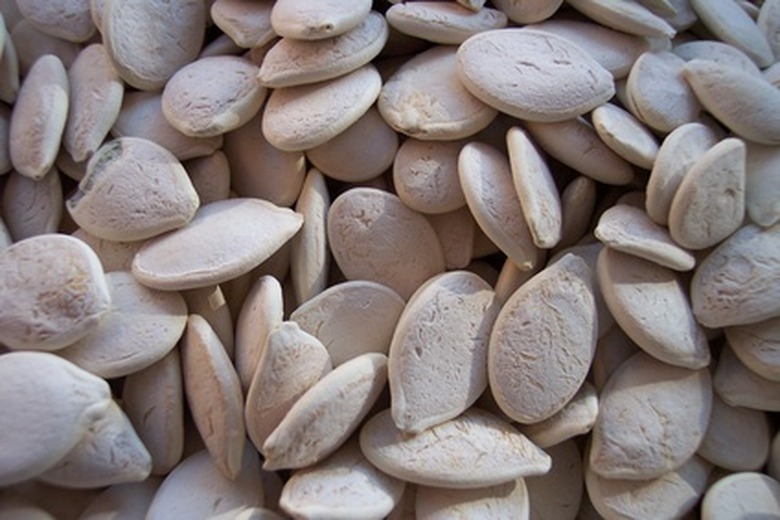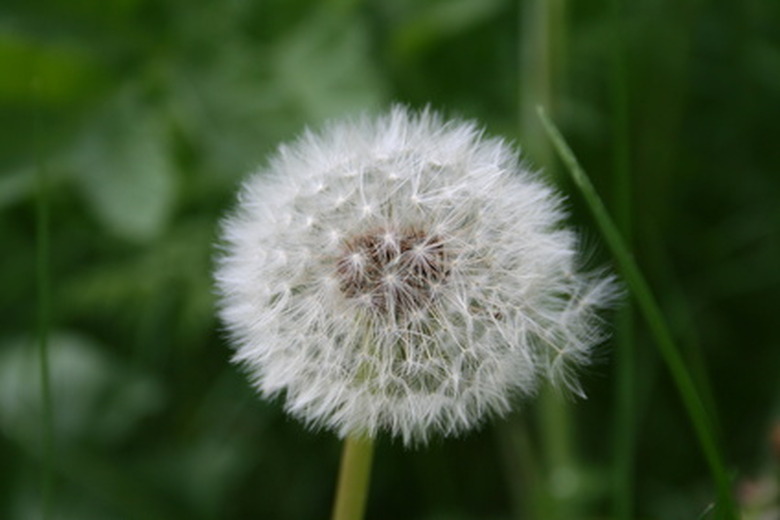The Plant Life Cycle For Kids
The life cycle of a flower or plant tells the story of how every plant grows and changes from a seed to a mature plant. This process is so much more than just how a plant grows, and it directly affects the health of the planet and all animal life on Earth, including humans. Many teachers ask their students about the life cycle of a plant to assess how much they understand about the natural world, and they will set tasks and activities to teach more about the life cycle of a plant for kids.
What is the Life Cycle of a Plant for Kids?
What is the Life Cycle of a Plant for Kids?
If you need to complete a homework assignment on the question of what is the life cycle of a plant or flower you'll want to think about the whole process from seed to flower.
Many organic processes on Earth follow a cyclical pattern. The seasons come and go, plants die and then bloom again, and animals and plants need each other to function.
The life cycle of a plant is the series of steps all plants go through to grow from a seed to a fully mature plant. As you look at diagrams of the life cycle of a leaf for kids, you'll see why scientists call it a cycle, because after a plant dies, the whole process starts over again.
The Seed
The Seed
The seed is the very first beginning of plant life. Inside the seed is everything the plant will become, it just needs water and sunlight to begin to germinate and grow. Seeds of different plants can vary in size and appearance but they all have a seed coat which gives the plant food and protects it from damage.
The Seedling
The Seedling
Once a seed starts to grow, a root emerges and knows to head down into the soil away from the surface. The seedling is a very tiny plant which often already has a few leaves. Seedlings can be delicate and easily damaged. If left alone with access to water and sunlight they will begin to grow into an adult plant.
Flowering Plant
Flowering Plant
Once a plant reaches maturity it will begin to produce flowers. These flowers are often brightly colored and strongly scented, which attracts insects to pollinate them. This spreads the seeds further and helps new plants to grow.
Releasing New Seeds
Releasing New Seeds
The last stage of the plant cycle before everything starts all over again is the plant releasing new seeds. Seeds can be spread in a number of different ways, including dispersion on the wind, which helps the seeds to travel further and increases the area in which the plant can be found. Some animals will also eat the seeds and spread them by moving around and defecating in different areas. Humans can also help to spread seeds by planting them in gardens. Understanding and being able to explain the life cycle of a plant helps you to better appreciate our natural world and the processes that drive it.
Cite This Article
MLA
Tapp, Fiona. "The Plant Life Cycle For Kids" sciencing.com, https://www.sciencing.com/plant-life-cycle-kids-6382324/. 22 November 2019.
APA
Tapp, Fiona. (2019, November 22). The Plant Life Cycle For Kids. sciencing.com. Retrieved from https://www.sciencing.com/plant-life-cycle-kids-6382324/
Chicago
Tapp, Fiona. The Plant Life Cycle For Kids last modified March 24, 2022. https://www.sciencing.com/plant-life-cycle-kids-6382324/


